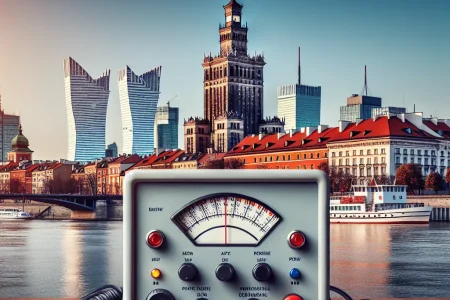Wykrywanie kłamstw w Warszawie stało się niezwykle istotne w dzisiejszym świecie, dlatego artykuł omawia najskuteczniejsze metody, jakie oferują profesjonalne usługi detektywistyczne w stolicy. Współczesne technologie, takie jak badania wariografem, analiza mowy ciała czy testy poligraficzne, pozwalają na precyzyjne wykrywanie kłamstw i nieuczciwości. Artykuł zachęca czytelników do skorzystania z usług wykrywaczy kłamstw w Warszawie, którzy posiadają odpowiednie doświadczenie i wyspecjalizowane technologie, co może przynieść wielkie korzyści w rozwiązywaniu trudnych sytuacji osobistych czy biznesowych. Dlatego, jeśli ktoś szuka niezawodnego narzędzia do wykrywania zdrady i kłamstw, warto zwrócić uwagę na profesjonalne usługi detektywistyczne w Warszawie.



